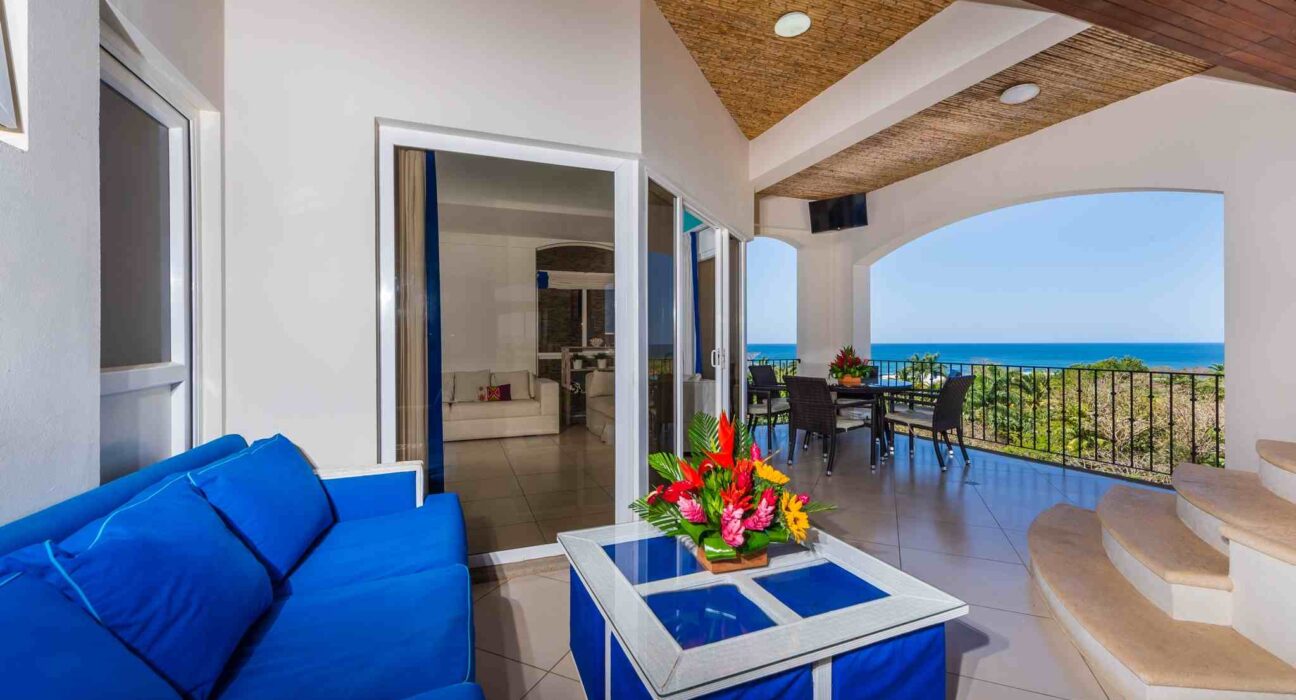The first time Lucas and Emma walked along the Outer Banks, North Carolina shoreline, they knew they had found something special. The rhythmic crashing of the waves, the salty breeze in the air, and the sight of dunes stretching endlessly along the horizon made them pause. After years of dreaming about owning a vacation home, they were finally leaping—buying a coastal property where their family could make memories for generations. As they toured the white-washed cottage that sat just a stone’s throw from the ocean, with its wrap-around deck and panoramic views of the Atlantic, Lucas and Emma knew they weren’t just buying a home—they were buying a lifestyle.
Lucas and Emma’s story is not unique. In recent years, more and more people have been drawn to the allure of coastal living, seeing it as both a personal escape and a valuable investment. Whether it’s a charming beach house in Cape Cod, a luxury villa in Malibu, or a cozy retreat on the Gulf Coast, coastal properties for sale have become some of the world’s most desirable—and competitive—real estate markets. But buying a coastal property comes with its own set of opportunities and challenges. This article will explore current trends, market statistics, and considerations for anyone purchasing coastal real estate.
The Coastal Property Market: A Growing Demand
Why Coastal Properties?
Coastal properties are uniquely appealing because they offer much more than a place to live. They provide lifestyle benefits that are hard to replicate elsewhere—proximity to the beach, serene views, and the potential for recreational activities like boating, fishing, or surfing. For many buyers, a coastal home serves as both a getaway from the hustle and bustle of urban life and an investment that appreciates over time.
The demand for coastal real estate has surged, particularly during the COVID-19 pandemic, as remote work allowed many people to rethink where they live. According to a report by Zillow, coastal towns saw a significant uptick in home purchases in 2020 and 2021 as families sought refuge in more tranquil, scenic areas. By 2023, many coastal markets had continued to perform well, with prices steadily rising as inventory remains low and demand stays high.
Statistics on the Coastal Property Market
The coastal property market is diverse, with wide variations in price depending on location, amenities, and proximity to major cities. Below are some key stats that illustrate the market trends:
- Median Prices: According to Redfin, the median home price for waterfront properties in the U.S. reached $675,000 in 2023, an increase of about 13% from the previous year. This includes properties located on the Atlantic and Pacific coasts, as well as those on lakes and rivers.
- Luxury Market: In prime locations like Malibu, California, or The Hamptons, New York, coastal homes are significantly more expensive. Forbes reported that the median price for oceanfront homes in Malibu in 2023 was $3.5 million, while in The Hamptons, the median price was around $3.2 million. In contrast, smaller coastal communities, like those in the Carolinas or the Gulf Coast, offer more affordable options, with some beach homes selling for as low as $300,000.
- Rising Popularity of Secondary Markets: While iconic coastal locations like Malibu, Miami, or Cape Cod will always be sought after, secondary coastal markets have seen a surge in demand. According to Realtor.com, seaside towns like Gulf Shores, Alabama, and Galveston, Texas, saw a 22% increase in home sales in 2022, driven by affordability and lifestyle appeal.
Popular Coastal Regions for Buyers
- The Atlantic Coast
The Eastern Seaboard offers a wide range of coastal properties, from the rugged coastlines of Maine to the sandy shores of Florida. Some of the most desirable locations include:
- Cape Cod, Massachusetts: Known for its quaint charm and historical significance, Cape Cod is one of the most iconic coastal regions in the U.S. According to Zillow, the median home price in Cape Cod is $800,000, with oceanfront properties often exceeding $1.5 million.
- The Outer Banks, North Carolina: Offering relatively affordable coastal real estate, the Outer Banks has become a popular destination for vacation homes. With miles of unspoiled beaches and a laid-back lifestyle, properties here range from $400,000 for smaller cottages to over $1 million for luxury beachfront estates.
- The Hamptons, New York: The Hamptons remains a favorite for the wealthy, known for its high-end estates, celebrity residents, and exclusive social scene. As of 2023, prices for waterfront mansions in the Hamptons can easily exceed $10 million, with some properties commanding prices as high as $25 million.
- The Pacific Coast
On the West Coast, California dominates the coastal real estate market, offering some of the world’s most expensive and luxurious oceanfront properties. Key areas include:
- Malibu, California: Often referred to as “Billionaire’s Beach,” Malibu is home to some of the most expensive real estate in the U.S. According to Realtor.com, Malibu’s beachfront properties typically start at $3.5 million, with many homes priced well above $10 million.
- Big Sur, California: Known for its dramatic cliffs and awe-inspiring views, it offers a different type of coastal property. While homes here are not always directly on the beach, the panoramic views of the Pacific make these properties highly sought after. Prices in Big Sur vary, but ocean-view homes can cost anywhere from $2 million to $10 million.
- The Gulf Coast
The Gulf of Mexico offers a variety of coastal property options, often at more affordable prices compared to the Atlantic and Pacific coasts. Some key areas include:
- Destin, Florida: Known for its emerald-green waters and sugar-white beaches, Destin has become a popular destination for vacationers and full-time residents. The average price for a coastal home in Destin is around $700,000, but homes in prime beachfront locations can easily reach over $2 million.
- Gulf Shores, Alabama: Gulf Shores has seen increasing interest in recent years due to its affordability and family-friendly atmosphere. According to Redfin, the median price for a coastal home in Gulf Shores is $400,000, making it one of the more affordable options for Gulf-front properties.
Challenges of Buying Coastal Property
- Weather and Natural Disasters
One of the most significant risks of owning a coastal property is exposure to natural disasters like hurricanes, floods, and erosion. The National Oceanic and Atmospheric Administration (NOAA) reports that the frequency and intensity of hurricanes have increased in recent years, posing a growing risk to properties along the Gulf Coast and Atlantic Seaboard. Coastal homes are often required to carry higher insurance premiums, particularly for wind and flood insurance, which can significantly add to the overall ownership cost.
In addition to hurricanes, rising sea levels due to climate change present a long-term risk for many coastal regions. A Union of Concerned Scientists report estimates that by 2045, more than 300,000 coastal homes in the U.S. could be at risk of chronic flooding.
- Maintenance Costs
The beauty of coastal living comes at a cost—maintenance. Saltwater and humid air can cause significant wear and tear on homes, particularly those built directly on the beach. Roofs, windows, and siding all need more frequent upkeep than homes located further inland. HomeAdvisor says the annual maintenance costs for a coastal property can be as much as 30% higher than for a comparable property away from the coast.
The Financial and Lifestyle Benefits
Owning a coastal property can be a wise financial investment despite the challenges. Not only do coastal properties appreciate over time, but they can also provide a steady source of income for owners who rent their homes as vacation properties. According to AirDNA, short-term vacation rentals in popular beach towns can generate between $40,000 and $150,000 per year, depending on the location, property size, and amenities.
For buyers like Lucas and Emma, the decision to purchase a coastal property wasn’t just about the numbers—it was about lifestyle. The ability to wake up to the sound of the ocean, walk on the beach at sunset, and create lasting memories with their family was worth every penny.
Conclusion: Is Coastal Property Right for You?
Many dream of owning a coastal property, but weighing its financial rewards and risks is important. Whether you’re drawn to the Pacific Coast’s dramatic cliffs, the Gulf’s warm waters, or the East Coast’s charming beach towns, coastal property for sale offers a unique opportunity to own a slice of paradise.
From soaring prices in luxury markets like Malibu to more affordable options along the Gulf Coast, there’s something for every buyer looking to invest in coastal real estate. Before diving in, consider the potential challenges—such as higher insurance premiums, climate risks, and maintenance costs—before diving in. If done wisely, investing in coastal property can be as rewarding as a walk along the beach at sunrise.














